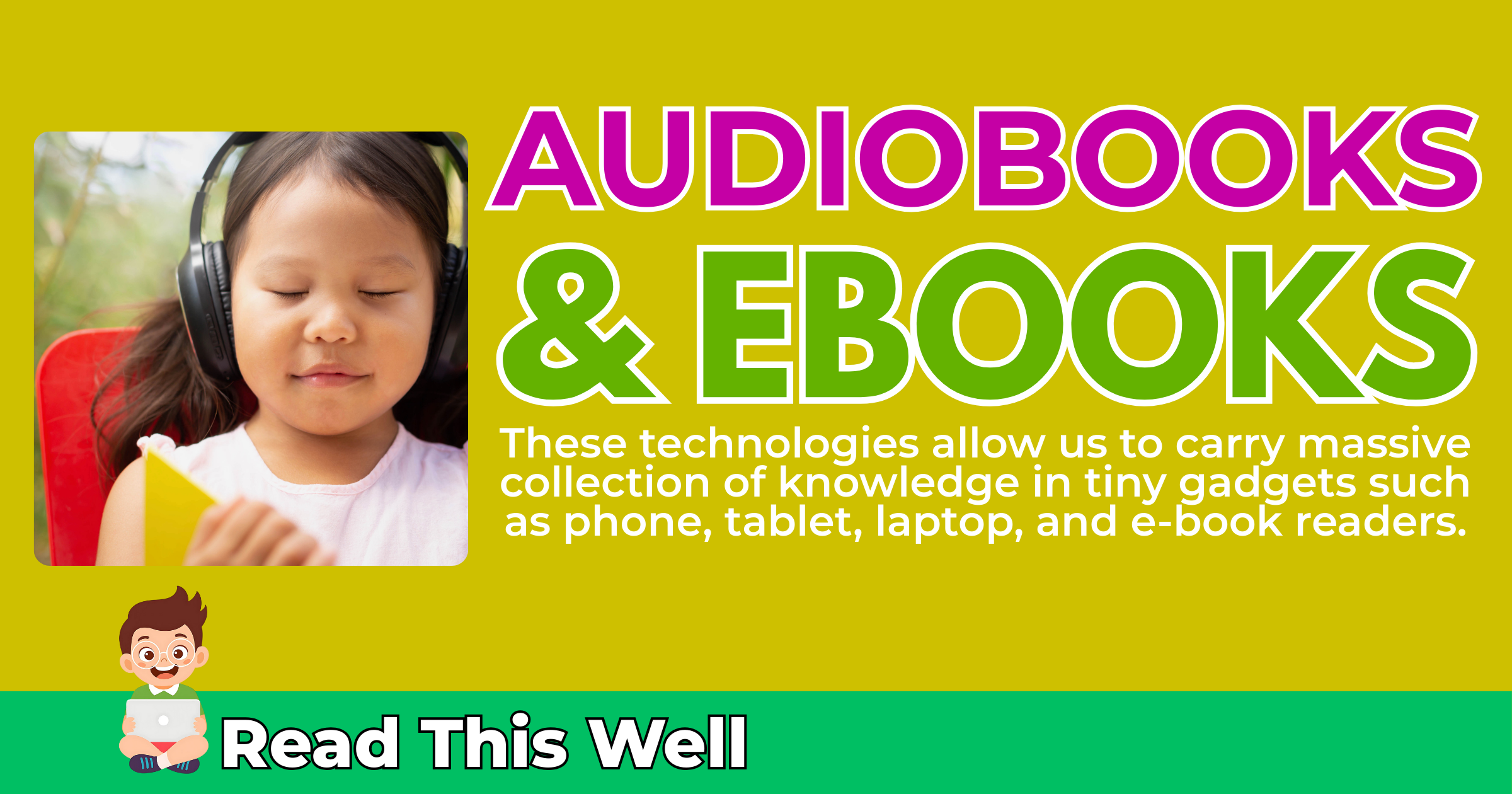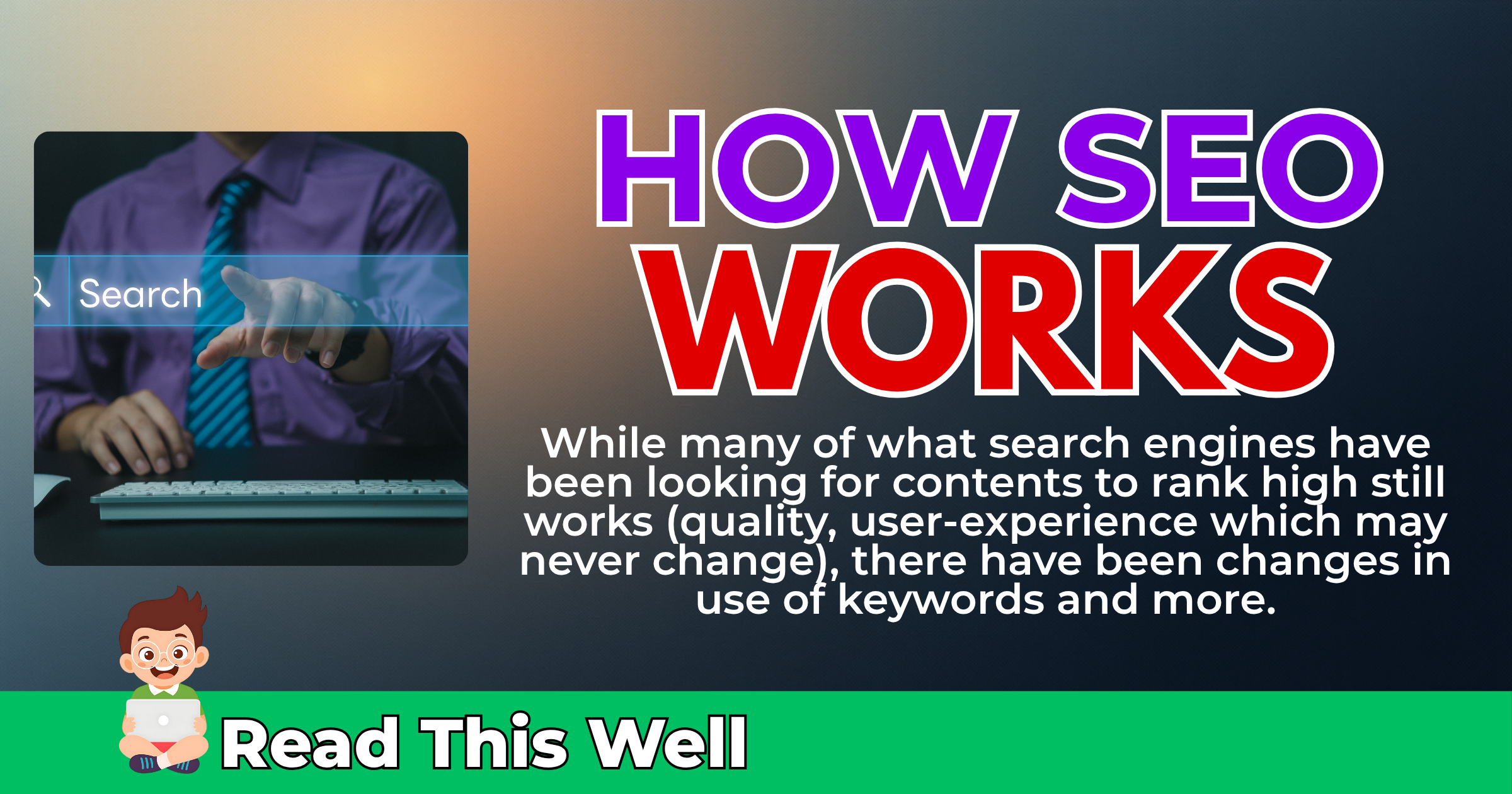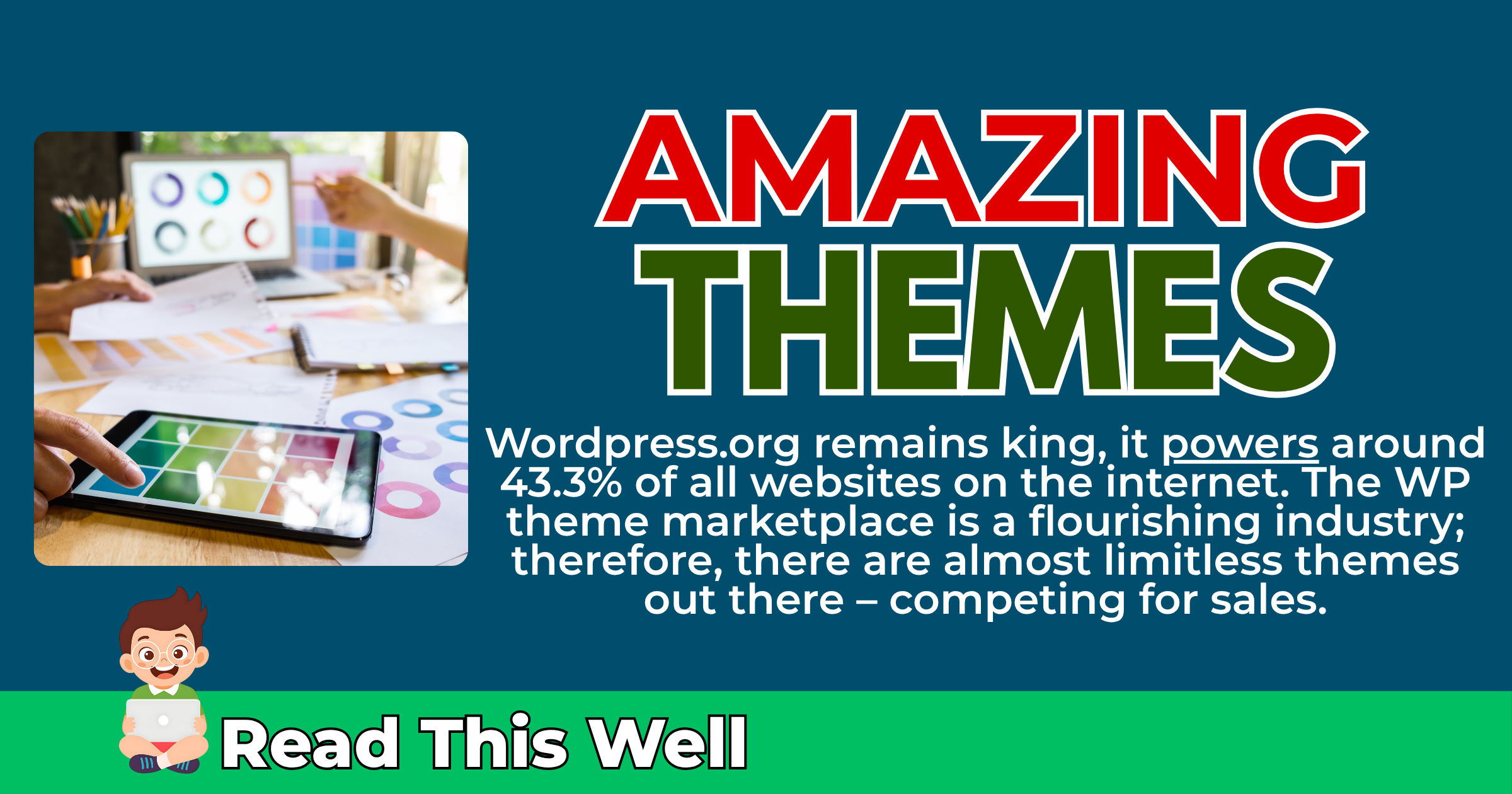The Real Truth About Electronic Books and Audiobooks, Use or Not?
With advancements in the field of technology, learning is not only limited to verbal (a person passes knowledge through words) and reading books.
Innovations have produced new ways of passing and absorbing information. Two of the most common replacement we have for books and verbal learning are electronic books (also known as e-books), and audiobooks.
These technologies allow us to carry massive collection of knowledge in tiny gadgets such as phone, tablet, laptop, and e-book readers. Here’s the real truth about electronic books and audiobooks.

Table of Contents
What is an Audiobook?
Audiobook refers to an audio recording of a book or other work being read out loud. Reading of a books’ complete text is called unabridged while readings of shorter versions is called abridgments.
This type of media is very popular among Gen Zs who want to have the option of listening to a book from their mobile phone, Kindle, and other gadgets. Advantage is that you can have it playing while doing household chores, relaxing, commuting, or exercising.
Narrator of an audiobook can be a voice actor, celebrity or the book author. Audiobooks vary from several genres under non-fiction and fiction.
While audiobooks’ popularity has gained significant traction because of gadgets, it was 1878 when the world heard the first audiobook (digging deeper, it was 1930s when talking book came to being and 1970s when it came into use).
Thomas Edison has invented the phonograph in 1877 and one of the original applications he envisioned for it was it to “speak to blind people without an effort on their part.” The initial words spoken into the phonograph where Edison’s recital of Mary Had a Little Lamb.”
Audiobooks can be down on many platforms which include LibriVox and other public domain libraries, Audible, Spotify, Apple Books, and Google Books. Scribd’s Everand is also a great option.
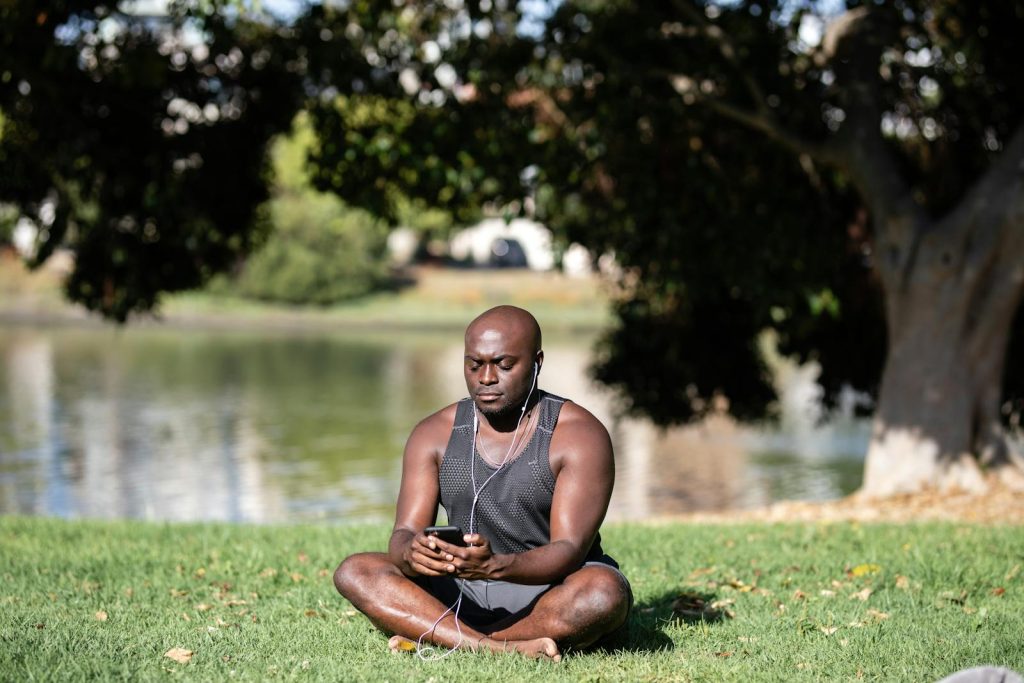
What is an E-book?
Short for electronic books, e-books refer to books in digital format. These electronic formats of books can be read on devices such as e-readers, gadgets (phone, tablet, laptop, PC) with e-reader application installed, mp4 players.
Interest in using e-books among Gen Zs instead of physical books is because of its cheaper prices, and the ability to store and carry a wide selection of books. Common e-book formats are epub, Word documents, and PDF files.
While its popularity is gaining significant momentum at present, concepts of an e-reader started in the 1930s. Bob Brown, in his manifesto, after watching a movie with sound (his first “talkie”) says movies has beaten books by talkies, hence books should find a new medium.
He said, “A simple reading machine which I can carry or move around, attach to any old electric light plug and read hundred-thousand-word novels in 10 minutes if I want to, and I want to.”
Sellers of electronic books include Amazon.com, Google, Barners & Noble, Kobo Inc. and Apple Inc.
Companies such as Scribd (with their Everand) has shifted to subscription-based business model. Here, users have to sign-up to monthly subscription in return for access to a library. [Note: Spotify uses the same model for their Audiobooks.]
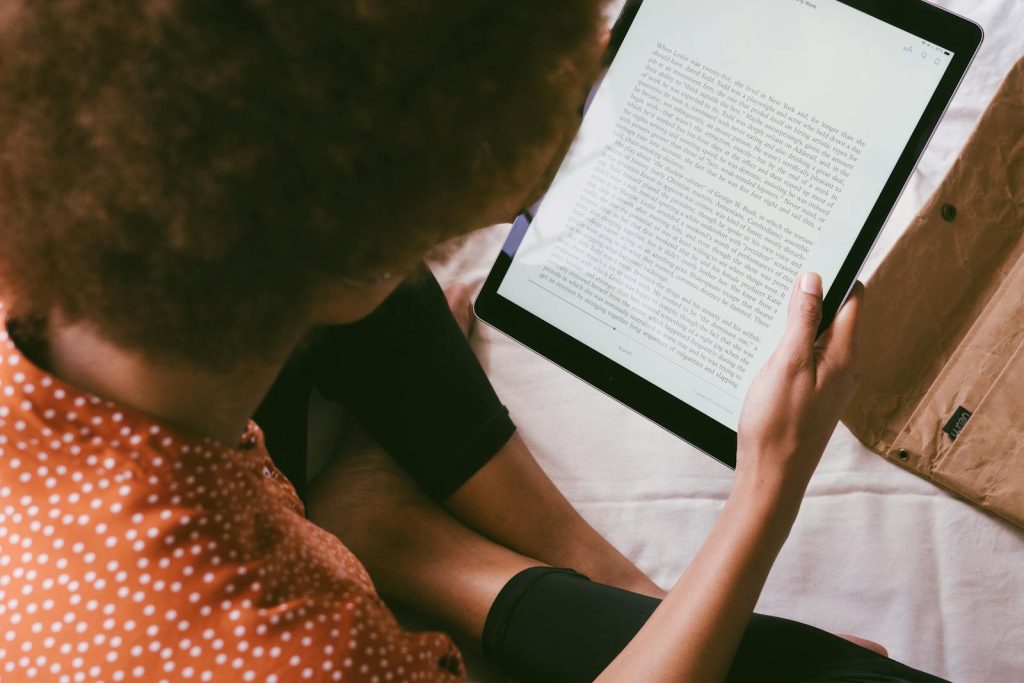
Issues with Audiobooks and Electronic Books
While both audiobooks and e-books have changed the way we access information, it comes with several issues.
One of this is copyright issue, and hence the creation of DRM or digital rights management. DRM refers to the use of technology to control and manage access to copyrighted material. This serves as physical locks preventing personal property from theft.
This problem arises as physical books and compact discs (containing audio materials) can be borrowed by another person. This would take time for the person to finish the physical material since it is single copy while digital products can be cloned.
This is an ongoing issue which has gained controversy. Several organizations such as EFF, FreeCulture.org, Foundation for a Free Information Infrastructure has criticized the efforts.
Another issue with digital materials is privacy. For one, Amazon.com knows the identity of user, the book they are reading, and other relevant information.
Moreover, there are some possible health risks associated with ebooks such as the exposure to blue light emitted by electronic devices which affects sleep patterns and eye health. To address this, e-readers such as Kindly have introduced specialized filters, phones and tablets has implemented eye care features.
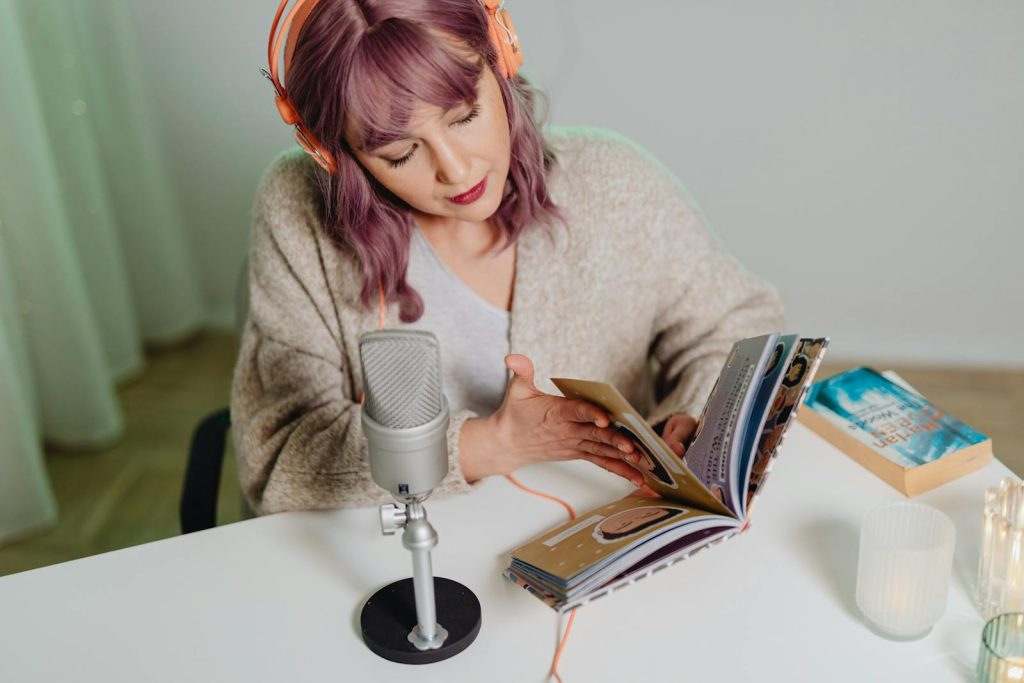
So, Should You Use Audiobooks and E-books
Nothing beats the nostalgia of reading physical books (the feeling of flipping pages). Some research suggests that reading from print books leads to better retention and comprehension. But other research has shown no significant difference. This means, there are conflicting results, highlighting the need for further study.
Printed books have also shown significant benefits to over-all health and well-being. This includes increasing lifespan, reducing illness, improving memory, decreasing stress levels, and reducing risk of Alzheimer’s disease.
Electronic books and audiobooks have indeed revolutionized the way we learn information. These tools have allowed us to carry a vast library of titles in our pocket, and we can easily have more through purchasing/downloading online.
Like any piece of technology, every innovation has its advantages and disadvantages. E-books and audiobooks have allowed us to unlock unlimited knowledge through our devices, easier and unprecedented. This kind of learning is not possible through physical books, unless you build a library (but, even a library has limitation on books).
To conclude, to fully reap the benefits of this technology, balance and being responsible is key. Likewise, we must be aware of the possible drawbacks, disadvantages, and how not to fall into it. Not to forget, learn how to maximize its use. Put these together: balance, avoid the disadvantages, maximize. And you are on right track.

Sources: Wikipedia, Digital Unite, Wikipedia (2), Reddit, Imprint Digital
News on Your Inbox
Fresh insights and exclusive perks delivered straight to your inbox. Sign up now.

